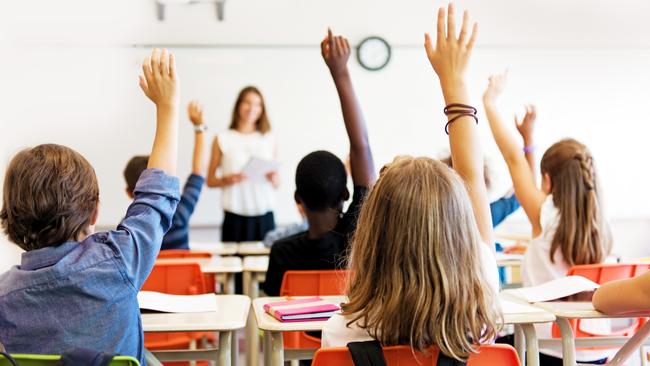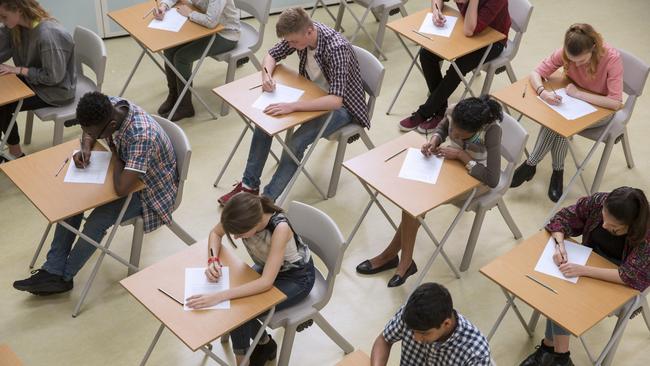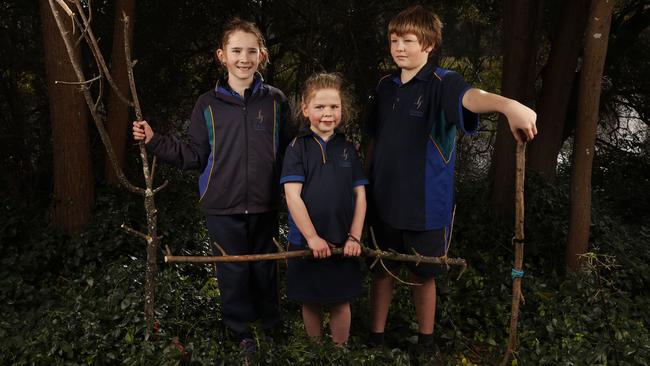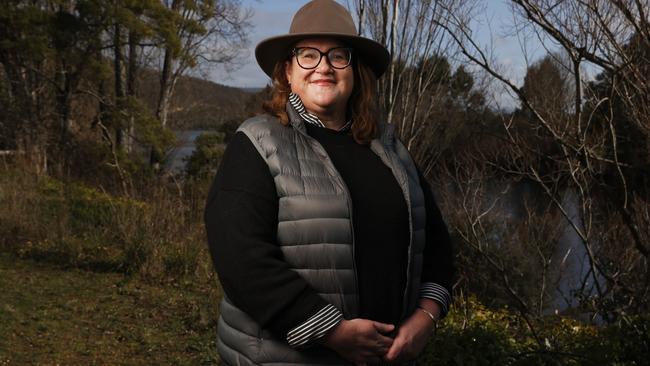Bush Summit: Tasmanian government should offer greater incentives to lure teachers to regions, AEU says
Amid a teacher shortage in Tasmania’s regions, the state government is being urged to offer greater incentives to woo educators to work in “hard to staff” schools.

Tasmania
Don't miss out on the headlines from Tasmania. Followed categories will be added to My News.
With teacher shortages hurting the regions, the state government should boost incentives to convince educators to work in “hard to staff” schools, the president of the Australian Education Union’s Tasmanian branch says.
David Genford said Education Minister Jo Palmer should agree to a “step-change” in incentives that would allow the island to “actually compete with other states”.
“Teacher shortages are the biggest issue facing schools and students in areas including North West Tasmania and incentives to retain and attract educators are nowhere near sufficient,” he said.
The government currently offers teachers working in remote schools a ‘settling in’ payment of $5000 in addition to all relocation expenses being paid for, conditional on them working for two years at the school.

These teachers are also entitled to additional payments starting at $2759 on commencement of permanent employment and a further payment after one, two, and three years of continuous employment, increasing to $5523 on completion of years four, five, and six in the job.
The union has also warned the government not to make cuts in education in the upcoming state budget, saying this would “compound disadvantage” for regional and rural communities, in particular.
Tasmania spends more on school education per student and as a proportion of gross state product than the national average, despite producing worse student outcomes than almost all other states and territories.
Independent economist Saul Eslake has said that the problem with education funding in Tasmania is that the state “spends on education inefficiently, ineffectively, and inequitably”.
In June, the Liberal state government announced it would be establishing a review focused on improving educational outcomes. Just this month, the most recent NAPLAN results again showed that Tasmanian primary and secondary students outside urban areas were less likely to perform strongly in literacy and numeracy.

St Brigid’s Catholic School principal Dianne O’Rourke said the New Norfolk school she led didn’t view the statistical disadvantage of children living in rural and regional areas as an obstacle.
“We are very aware that, statistically, children coming from some of our areas are deemed to not go very well or achieve very highly. But we don’t use that as a barrier,” she said.
“We teach all children equitably and ensure that they’re all getting opportunities that they need. We’re blessed to have the land to come outside and actually engage in that [with bush play]. But also we have some really good teachers.”
A Department for Education, Children and Young People spokeswoman said the Tasmanian government was committed to “a comprehensive approach to lifting literacy outcomes for all students, regardless of where they live”.
“By 2026, all students across all school years will be taught to read in a structured, systematic, and explicit way, within a framework that ensures every student gets appropriate additional literacy support when they need it,” she said.
“This is an evidenced-based approach that will make a difference for all students, no matter where they live.”
How ‘bush play’ is revolutionising learning at this Tassie school
There aren’t many primary schools in Australia where kids are given free rein to explore the bush and play make-believe among the trees – but St Brigid’s Catholic School at New Norfolk is one of them.
St Brigid’s is located on the banks of the River Derwent and boasts a generous property incorporating ample paddock space and a bike track.
The school has established a bush play philosophy, empowering students to embrace the joy of discovery and express themselves in the natural environment right on their doorstep.
Kinder teacher Jessica Wessing said learning and play “go hand-in-hand” and “what better place to do it than in the outdoors”.

“Bush play is child-led, unstructured play with nature, supported by educators. Children follow their own interests, ideas, and curiosity through bush play,” she said.
“Playing outdoors in natural environments provides children with opportunities to use their physical skills, agility, imagination, [and] problem solving skills, often without adult intervention.”
The kids at St Brigid’s appreciate different aspects of the bush play program, depending on who you ask. For instance, while Lewis, 5, enjoys playing army men with sticks and digging for treasure, Elizabeth, 4, loves playing on the trees and climbing high.
With 20 per cent of students at St Brigid’s identifying as Aboriginal or Torres Strait Islander, the school runs an in-depth Indigenous education program that helps students connect to country, learn about reconciliation and truth-telling, and engage with Aboriginal elders.

The school’s Aboriginal and Torres Strait Islander co-ordinator Gabrielle Ashlin says the program is designed to foster deep respect for cultural heritage.
“Country is a sacred gift, a living entity that must be treasured and respected,” she said.
“Through our curriculum, we aim to deepen our students’ understanding of the traditional custodianship of this land, encouraging them to honour these connections and carry this knowledge into the future.”
Ms Ashlin said the school was committed to ensuring that all its students felt “a sense of belonging, cultural safety, and pride in who they are”.
More Coverage
Originally published as Bush Summit: Tasmanian government should offer greater incentives to lure teachers to regions, AEU says





